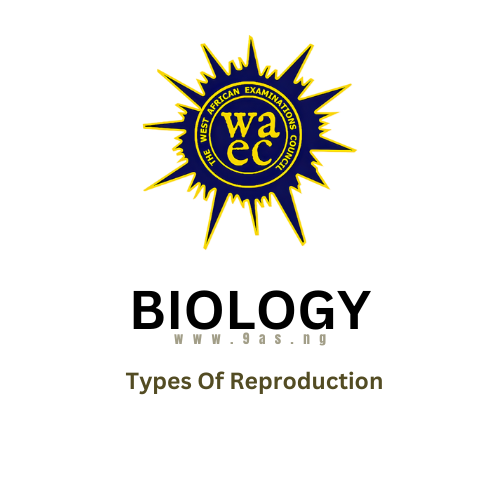OBJECTIVES
1. The following events occur during mitosis in a cell:
I. Chromatids separate; II. Chromosomes become visible; III. Chromosomes align at the equator;
IV. Cytoplasm divides (Cytokinesis). The correct sequence of the events is
A. III, II, IV, I.
B. II, III, I, IV.
C. II, I, III, IV.
D. II, IV, I, III.
2. Which of the following statements about asexual reproduction is correct? It
A. always involves one parent but the offspring is genetically different from the parent.
B. may involve two parents but the offspring is always identical to one parent.
C. always involves one parent and the offspring is genetically identical to the parent.
D. involves two parents but the offspring is not genetically identical to any of the parents.
3. Which of the following methods is appropriate for the cultivation of cassava?
A. Budding.
B. Fragmentation.
C. Root, cutting.
D. Stem cutting.
4. A plant that commonly undergoes vegetative propagation by means of leaves is
A. Hibiscus.
B. Bryophylum.
C. Crotalaria.
D. Spirogyra.
5. Which of the following processes is a form of sexual reproduction?
A. Budding by yeast cells.
B. Conjugation in Spirogyra.
C. Binary fission in Amoeba.
D. Rhizome production by ginger.
6. A small stem from a hibiscus plant was placed in a nutrient medium, and it developed into a new plant.
The new plant was reproduced
A. asexually with a different genotype from the parent plant.
B. sexually with a different genotype from the parent plant.
C. asexually with the same genotype as the parent plant.
D. sexually with the same genotype as the parent plant.
7. Which of the following pairs consists of gametes?
A. Ova and spermatozoa.
B. Spores and sporangium.
C. Flowers and pollen grains.
D. Testes and ovaries.
8. Which of the following can be used for vegetative propagation?
A. Ginger stem.
B. Yam leaf.
C. Plantain roots.
D. Sweet potato tuber.
9. Which of the following is a method of artificial vegetative propagation?
A. Creeping stem.
B. Layering.
C. Corm.
D. Rhizome.
10. The advantages of sexual reproduction include the following except
A. it allows the formation of new species.
B. it allows production of desirable traits.
C. it permits variation of individuals.
D. it provide means for the variation of chromosome number from generation to generation.
THEORY
1. Name the two types of reproduction usually associated with organisms
2. (a) State five different methods used in vegetative propagation in plants giving an example in each case (b)(i) State five advantages vegetative propagation (ii) State five disadvantages of vegetative propagation (c) Mention four advantages of sexual reproduction.
3. What is sexual reproduction?
4. (a) Define asexual reproduction (b) Name two types of asexual reproduction which occur in animals giving one example in each case (c) In a tabular form outline four differences between sexual and asexual reproduction



